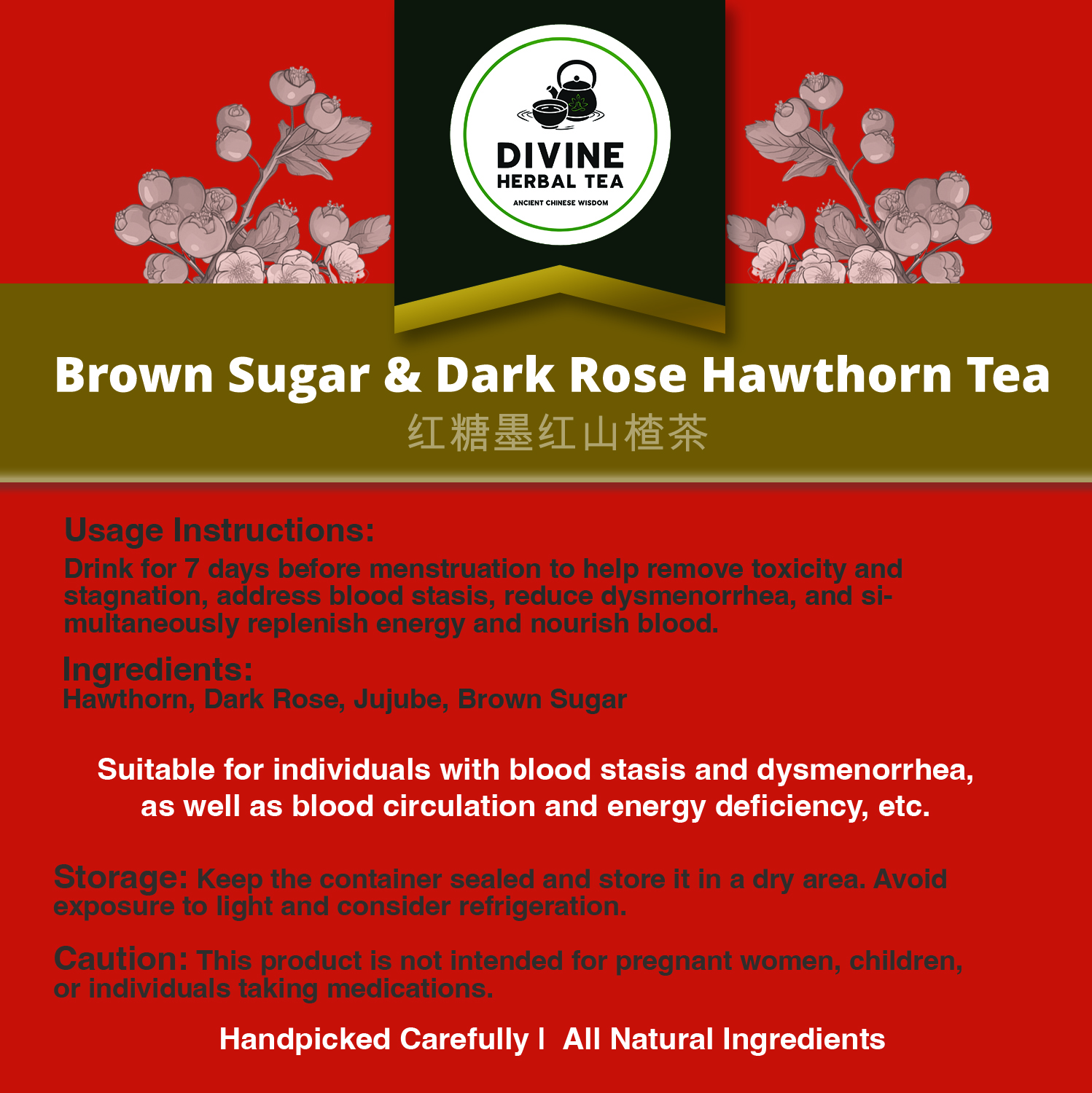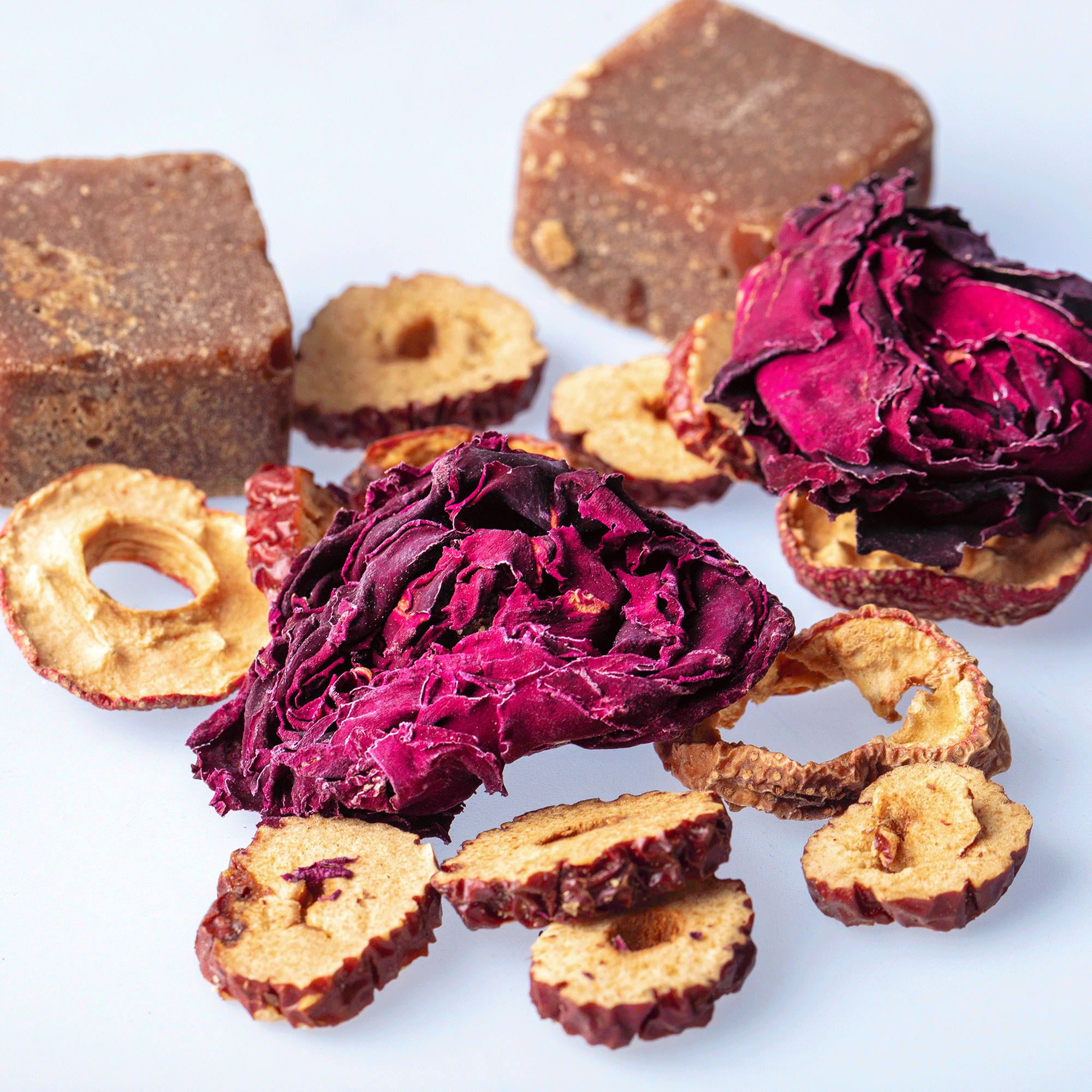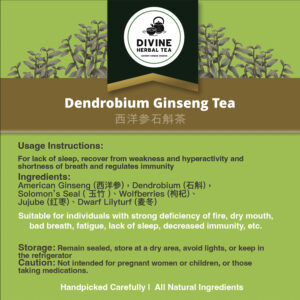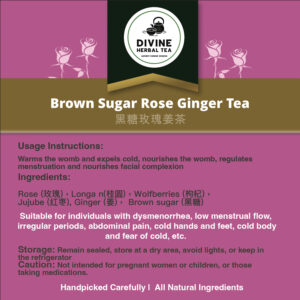“Hawthorn,” known as “山楂” (shānzhā) in Chinese, refers to a group of flowering plants in the Crataegus genus that produce small red or pink berries known as hawthorn berries. Hawthorn berries have been used in traditional medicine and culinary practices in various cultures for centuries. They are valued for their potential health benefits and unique flavor.
Here are some important aspects of hawthorn (山楂) and its uses:
-
Medicinal Uses: Hawthorn berries have a long history of use in traditional herbal medicine, particularly in Chinese and European herbal traditions. They are believed to have potential benefits for cardiovascular health, digestion, and more.
-
Cardiovascular Health: Hawthorn is often used to support cardiovascular health. It is believed to help improve blood circulation, promote healthy blood pressure levels, and support overall heart function.
-
Antioxidant Properties: Hawthorn berries are rich in antioxidants, such as flavonoids and proanthocyanidins, which help protect cells from oxidative stress and inflammation.
-
Digestive Health: Hawthorn is sometimes used to support digestion and alleviate symptoms like indigestion and bloating.
-
Cholesterol Management: Some research suggests that hawthorn may help support healthy cholesterol levels by reducing LDL cholesterol (often referred to as “bad” cholesterol) levels.
-
Blood Sugar Regulation: Hawthorn may have a positive impact on blood sugar levels and insulin sensitivity.
-
Traditional Medicine: In traditional Chinese medicine (TCM), hawthorn berries are used to move Qi (vital energy), promote digestion, and improve blood circulation.
-
Culinary Use: Hawthorn berries are used in various culinary dishes and beverages in different cultures. They can be consumed fresh, dried, or processed into jams, teas, and extracts.
-
Flavor: Hawthorn berries have a unique flavor that combines sweetness with a slightly tangy and tart taste.
-
Supplements: Hawthorn supplements, such as capsules, extracts, and teas, are available for those interested in harnessing the potential health benefits.
-
Safety Considerations: While hawthorn is generally considered safe for many people when used in moderation, it’s important to consult with a healthcare professional before using it as a supplement, especially if you’re on medications or have underlying health conditions.
- Cultural Significance: In some cultures, hawthorn is associated with folklore, festivals, and traditions. For example, in China, hawthorn snacks are often enjoyed during the Double Ninth Festival.
“Dark Rose” or “墨红玫瑰” (mò hóng méiguī) refers to a specific type of rose with a deep, rich, and dark red color. Roses come in a wide range of colors, and dark red or “black” roses are often associated with symbolism and emotions such as love, passion, and mystery. These roses are not actually black but have a very deep and saturated red hue that can appear almost black in certain lighting.
Here are some aspects related to the symbolism and potential meanings of dark roses:
Passion and Love: Like red roses in general, dark roses are often associated with passionate love and intense emotions. Their deep color can symbolize deep affection and desire.
Mystery and Elegance: The dark and rich color of these roses can also convey an aura of mystery and elegance. They are sometimes associated with secrets and hidden desires.
Romantic Symbolism: Dark roses can be used to convey romantic sentiments that go beyond traditional red roses. They can symbolize a love that is profound and not easily defined.
Longing and Obsession: The intense color of dark roses may also symbolize feelings of longing and even obsession in romantic relationships.
Rebellion and Uniqueness: Dark roses, due to their unique color, can also be associated with rebellion or going against the norm. They are often chosen by those who want to express their individuality.
Cultural and Personal Interpretation: The symbolism of roses can vary across cultures and personal experiences. The meanings attributed to dark roses can be deeply personal and subjective.
“Jujube” is the common name for the fruit of the Ziziphus jujuba tree. In Chinese, it is known as “红枣” (hóng zǎo), and it is commonly referred to as “red date.” Jujube is a popular fruit in China and other Asian countries, and it has been used for its nutritional and medicinal benefits for centuries.
In Chinese cuisine and traditional medicine, jujube is highly regarded for its various properties and uses. It’s often consumed as a dried fruit or used to make teas, soups, and other dishes. The Chinese characters “红枣” literally translate to “red date,” highlighting the resemblance of jujube to dates in appearance.
In addition to the benefits mentioned earlier, here are some ways jujube (红枣) is used in Chinese culture:
Nourishing Blood: Jujube is believed to have nourishing properties, particularly for improving blood circulation and supporting overall vitality.
Qi (Vital Energy) Tonic: In Traditional Chinese Medicine (TCM), jujube is considered a Qi tonic. It is thought to replenish and harmonize the body’s vital energy.
Herbal Formulas: Jujube is often included in various herbal formulas in TCM to enhance the effects of other herbs and promote balance in the body.
Strengthening the Spleen: In TCM, jujube is associated with the spleen meridian and is used to strengthen digestion and support the spleen’s functions.
Tonifying Herbs: Jujube is sometimes combined with other tonifying herbs in traditional formulas to enhance their benefits.
Balancing Yin and Yang: Jujube is considered a neutral fruit that can help balance the body’s Yin and Yang energies.
Culinary Use: Jujube is used in various Chinese culinary dishes, both savory and sweet. It can be added to soups, stews, porridge, and desserts.
Candied Jujubes: Jujubes can be candied and enjoyed as a sweet treat.
Symbolic Significance: Jujubes are also associated with festivals and celebrations in Chinese culture, often symbolizing happiness and good wishes.
Brown sugar, also known as “黑糖” (hēi táng) in Chinese, is often considered a more wholesome alternative to refined white sugar due to its slightly higher molasses content and trace minerals. However, it’s important to note that the health benefits of brown sugar are relatively minor compared to other more nutrient-dense foods. Here are some potential health benefits associated with brown sugar:
Trace Minerals: Brown sugar retains some of the minerals found in sugarcane, such as calcium, iron, magnesium, and potassium. While the amounts of these minerals are relatively small, they can contribute to your overall nutrient intake.
Slightly Lower Glycemic Index: Brown sugar may have a slightly lower glycemic index (GI) compared to white sugar. This means it may cause a slower and more gradual increase in blood sugar levels, which can be beneficial for people who need to manage their blood sugar levels.
Molasses Content: Brown sugar gets its color and flavor from the molasses content it retains. Molasses contains antioxidants and certain compounds that may have potential health benefits, such as reducing oxidative stress and inflammation.
Flavor and Aroma: The caramel and toffee notes in brown sugar can enhance the flavor of dishes and baked goods without the need for additional artificial flavorings.
Texture and Moisture: Brown sugar’s moisture content can help add moisture and texture to baked goods, potentially resulting in softer and more flavorful products.
Warming Properties in Traditional Medicine: In traditional Chinese medicine (TCM) and other holistic practices, brown sugar is sometimes believed to have warming and nourishing properties. It is often used in tonics and herbal remedies.
It’s important to keep in mind that while these potential benefits are noteworthy, the differences between brown sugar and white sugar are relatively small, and both types of sugar are still sources of added sugars and calories. The key to a healthy diet is moderation and choosing nutrient-dense foods that provide a range of vitamins, minerals, and other beneficial compounds.
If you’re looking to reduce your sugar intake or make healthier dietary choices, consider using alternatives like natural sweeteners in moderation, and focus on a balanced diet rich in whole foods, fruits, vegetables, whole grains, lean proteins, and healthy fats. Always consult with a healthcare professional or registered dietitian before making significant changes to your diet, especially if you have specific health conditions.






